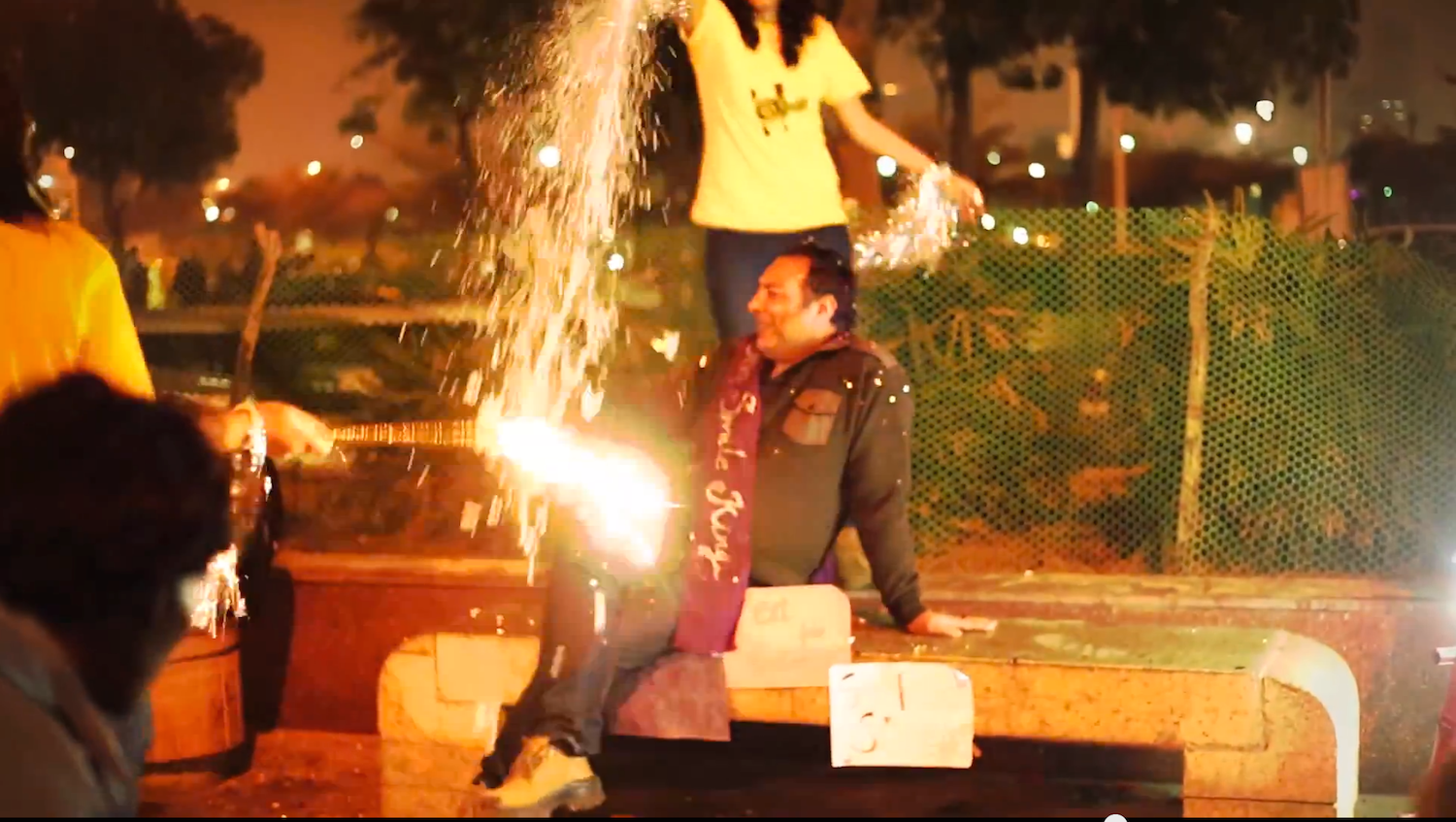“Twelve Hundred Hours And Not a Brow, And Yet Clouds Hang On.”
For the past several weeks, the South Indian states of India had been waging a war with the Gods of rain. Among the flood-hit areas were Puducherry, Andhra Pradesh, Tamil Nadu, Cuddalore and other surrounding areas. The worst hit perhaps, was the capital city of Tamil Nadu, Chennai.
How It All Started
The showers started as a respite to the heat, but soon took a turn for worse as the drizzle turned to downpour. Soon, water-logging and the repeated loss of power supply brought along with it the realization that these rains were not to be taken lightly.
The 1st and 2nd day of December was reported by NASA as the days that received highest amount of rainfall since the 90’s. By 2nd the death toll had already risen above 250 and millions were being translocated to other regions. The newspaper reports brought with them, the fear of the onslaught that was yet to come and the respite of the realization of the fact that they were reading the papers was proof of them having been spared.
Homes were destroyed, airports closed, roads water-logged, the electricity was gone and daily life as people knew it had come to a halt. It was not long before, the stagnant water, became sewage pools. Food supply started running short, and prices started peaking. In the water hit city of Chennai, the prices of potable water soared.
The IMD (Indian Meteorological Department) kept predicting rains for the next few days; the clouds of doom kept looming overhead and the waters that lay stagnated below, reflected the dismay in the citizens’ eyes.
Rescue Measures
Rescue measures were observed, with helicopters flying all over the region. The Indian Army, the Indian Navy and the National Disaster Response Force came together to rescue the flood victims.
Government announced aids and monetary relief for those who had lost their homes or loved ones in the calamity.
Many NGOs and big organizations, ranging from car companies to the superstars of Bollywood, started donating abundantly to the relief fund.
There haven’t been any reported cases of fever or diarrhoea yet, and doctors are keeping a lookout for these two most probable epidemics.
By 8th and 9th December, it seemed to be the end of the battle. Weather predictions have turned brighter.
The people still have to return to the ruins of the war. Having to deal with rubble in place of what once used to be their homes, will indeed prove to be a huge task in itself. Still, people are thankful, that the worst is over.
Who’s To Blame?
In conditions like these, the blame game takes a frenzied path, landing on almost anyone and everyone, it can think of.
Chennai isn’t new to floods. It is used to bearing the brunt of the rain Gods, almost every 10 years. The earlier explanations started with listing factors such as the monsoon’s path, or even the El Nino effect. Soon enough, the issue of the floods too were draped under the veil of political bureaucracy and power games, with opposition parties blaming each other for negligence.
Fingers were raised at the non-reflective architecture of the growing city that had apparently not taken into account the effect of the sudden boom in urbanization, despite most of the city having been built in a disaster prone area.
Rumours about the government having neglected danger warnings, other accusations of not being “concerned enough” all flew wild in the stale airs of Chennai; the stink of the situation, however was something that bothered the whole nation.
The Verdict
Maybe, these rumours are baseless. Maybe these facts are all synergistically responsible for the situation at Chennai today. Whichever of the afore mentioned is true, one might never know.
However, what is known is the fact that in the face of such disastrous situations, many-a-times, miracles happen.
At a time of disaster, it isn’t giving up that saves man from the snarls of death. It is hope. “Hope” is what pries one out of despair and doom and allows the resilient to survive.
It’s easier when we have terrorist attacks: in that case we at least have someone to blame. When, natural calamities strike, the absolute needlessness of the deaths of the innocent, is somehow amplified. Times like these may revoke one’s faith in God, but they can also restore one’s faith in humanity. Acts of kindness are seen in the most unlikely places.
Many people: young and old, rich and poor, Hindus and Muslims opened up their doors to anyone in help. In distress, they were all equal. People went out of their way, to make sure that boats reached the flood-struck areas. Engineers and doctors came down to the water-logged roads to help the disaster-struck.
The busy worker drones briefly shed off their masks to become their namesake: humane.
The story of people, leaving their jobs to go and help out those that they needn’t have saved, reminds us that not everything in the world is for our use and humanity needn’t be as conceited as we have deemed it to be.
Our prayers go out to all the disaster-struck and we hope that normalcy is restored as soon as possible.
[Image attribute: Sawan Kumar]



